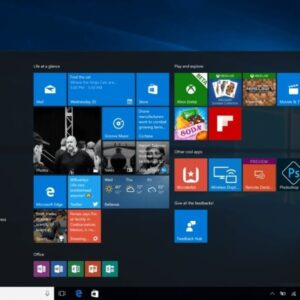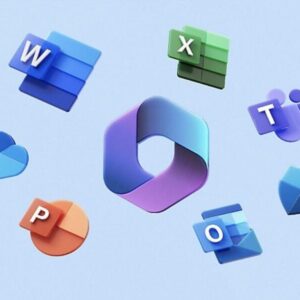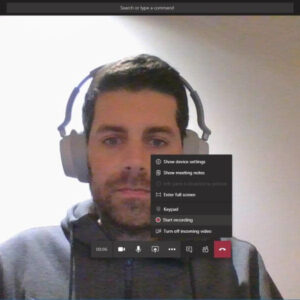Where does Microsoft store install apps? UWP apps can be accessed from and started by clicking on the Tiles on the Windows Start. But where are they installed or located? The Universal or Windows Store Applications in Windows 11/10/8 are installed in the WindowsApps folder located in the C:\Program Files folder. It is a Hidden folder, so in order to see it, you will have to first open Folder Options and check the Show hidden files, folders and drives option.
Where does Microsoft store install apps?
Microsoft introduced the Windows Store apps called ‘Metro Apps’ with Windows 8. Microsoft later decided to call them ‘Modern Apps’. And as of today, in Windows 10, the store apps are simply called as “Windows Apps”. Microsoft uses a hidden folder named WindowsApps to install these Metro/Modern apps. The folder is located within the Program Files folder in the system drive (C:\). Data for all of the Modern Apps are stored in the AppData folder under the user’s profile.
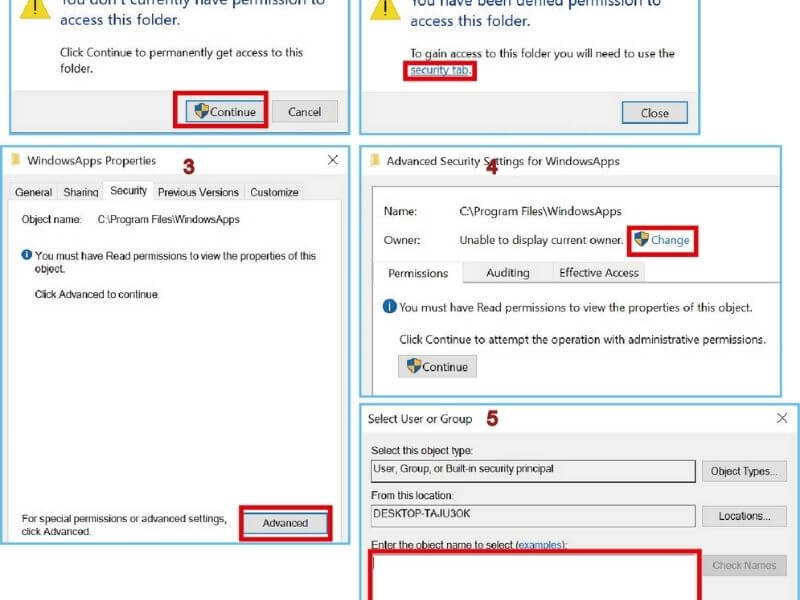
Installation and temporary data folders for Windows Apps
As with older programs, Windows uses different folders to store an app’s installation files and the data (such as sessions, in-app downloads; etc). Here are the details:
Installation folder – Apps are installed to the WindowsApps folder. You can find it at this location – C:\Program Files.
Temporary data folder (Isolated storage) – Modern apps save their data at the following location – C:\Users\<username>\AppData\Local\Packages.
Do note that both folders are hidden. They will not show under the list of folders unless you enable the display of hidden files in Windows 10. If you have enabled the hidden items, then the folders will appear in a lighter color, indicating that it is a hidden item.
You have found the WindowsApps folder. But you cannot access it yet. When you try to open, Windows will notify that you do not have permission to access the folder. You will click on Continue hoping that you would gain authority, but Windows will block your way by throwing the Permission Denied notice.
Why is it inaccessible? It is because you do not have permission to read or write to the folder. When you click continue, Windows tries to gain permission using an elevated (administrator) request, but since you’re not an owner of the folder, it gets denied again.
How to Access WindowsApps folder
You need to jump into the folder’s security settings and make yourself the owner in order to access it normally. Just follow the few steps below to get yourself in.
- Right-click on the WindowsApps folder and switch to the security tab.
- Click on Continue and then click on Change in front of the owner.
- Add yourself as the owner. If you are unsure about what to choose, click again on Advanced. Then click on Object Types and uncheck all other options except Users. Then click on Find now. Select your username from the list of search results and press OK to proceed.
- You will be added as the owner of the folder and you should now be able to access it. Simply go back and double click on the WindowsApps folder; then proceed by clicking on Continue on the permission prompt.
It will be a good idea to revert the change and make TrustedInstaller as the owner after you’re done accessing the folder. This will ensure that the app installs stay in good shape and remain free from viruses or malware.
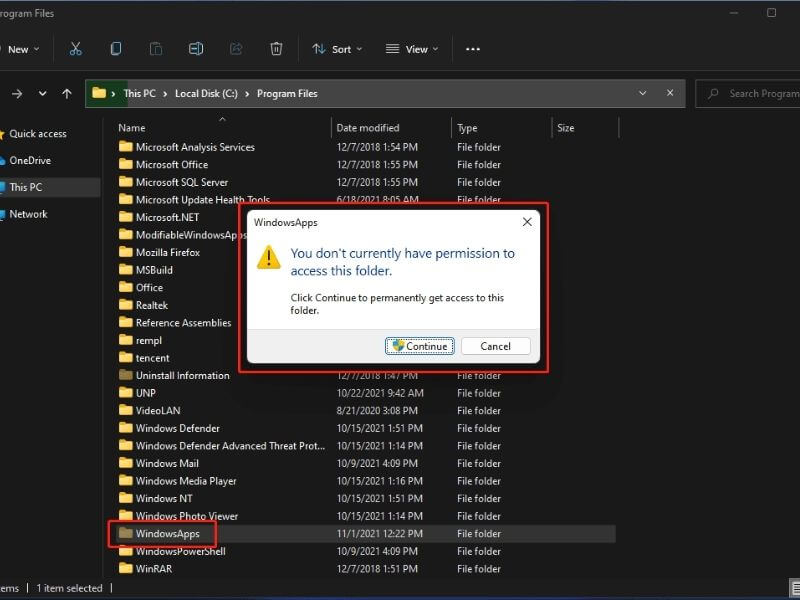
How to Install Software Using the Microsoft Store on Windows 10
Before we begin, we’ll assume that you have already created a Microsoft account and you are logged in. For app purchases, you’ll need some form of payment that has already been linked to your Microsoft account.
First, open the “Microsoft Store.” If you can’t find it, open Windows 10’s “Start” menu and type “Microsoft Store,” then click the “Microsoft Store” icon when it appears. Or you can find it in your apps list.
When the “Microsoft Store” app opens, you will see a screen that includes many flashy banners that advertise the latest deals and other promotions.
If you’re looking for a specific type of app, click one of the categories at the top of the window, such as “Gaming,” “Entertainment,” or “Productivity.”
Or you can search for a specific app by clicking the search button. In the search bar that appears, type what you’d like to find, then click an item in the list of results.
If the program requires a purchase before downloading, you will see a price listed just above a “Buy” button. If you’d like to purchase the item, click the “Buy” button.
After following the purchase steps, the download will begin. You will see a status bar as the program is downloaded from the Internet onto your computer.
Once the app is installed, you can launch it by clicking “Launch” or “Play” button located just beside the download progress indicator bar. Or you can open the “Start” menu and browse for the app name in an alphabetical list. Click the app’s icon when you find it, and it will launch.
If you have trouble finding the app you just downloaded in the “Start” menu, open “Start” and begin typing the name of the app to perform a search. When the results appear, click the icon of the app to launch it.
Also, if you ever need to see a complete list of all the apps you’ve bought or installed from the Microsoft Store, launch the “Microsoft Store” app and click the ellipses button (three dots) in the toolbar. Then select “My Library.”
You will see a list of all the apps you have installed through the Microsoft Store, and you can sort it by install date and other criteria. If you want to uninstall the app later, you’ll need to visit Settings > Apps, select the program, then click “Uninstall.”
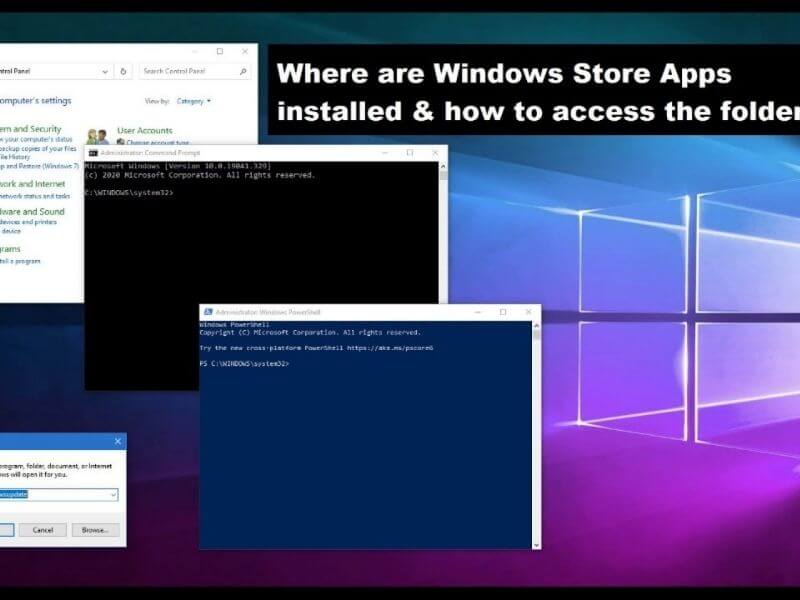
Above is information about Where does Microsoft store install apps? What is this about? that we have compiled. Hopefully, through the above content, you have a more detailed understanding of Microsoft store install apps. Thank you for reading our post.


